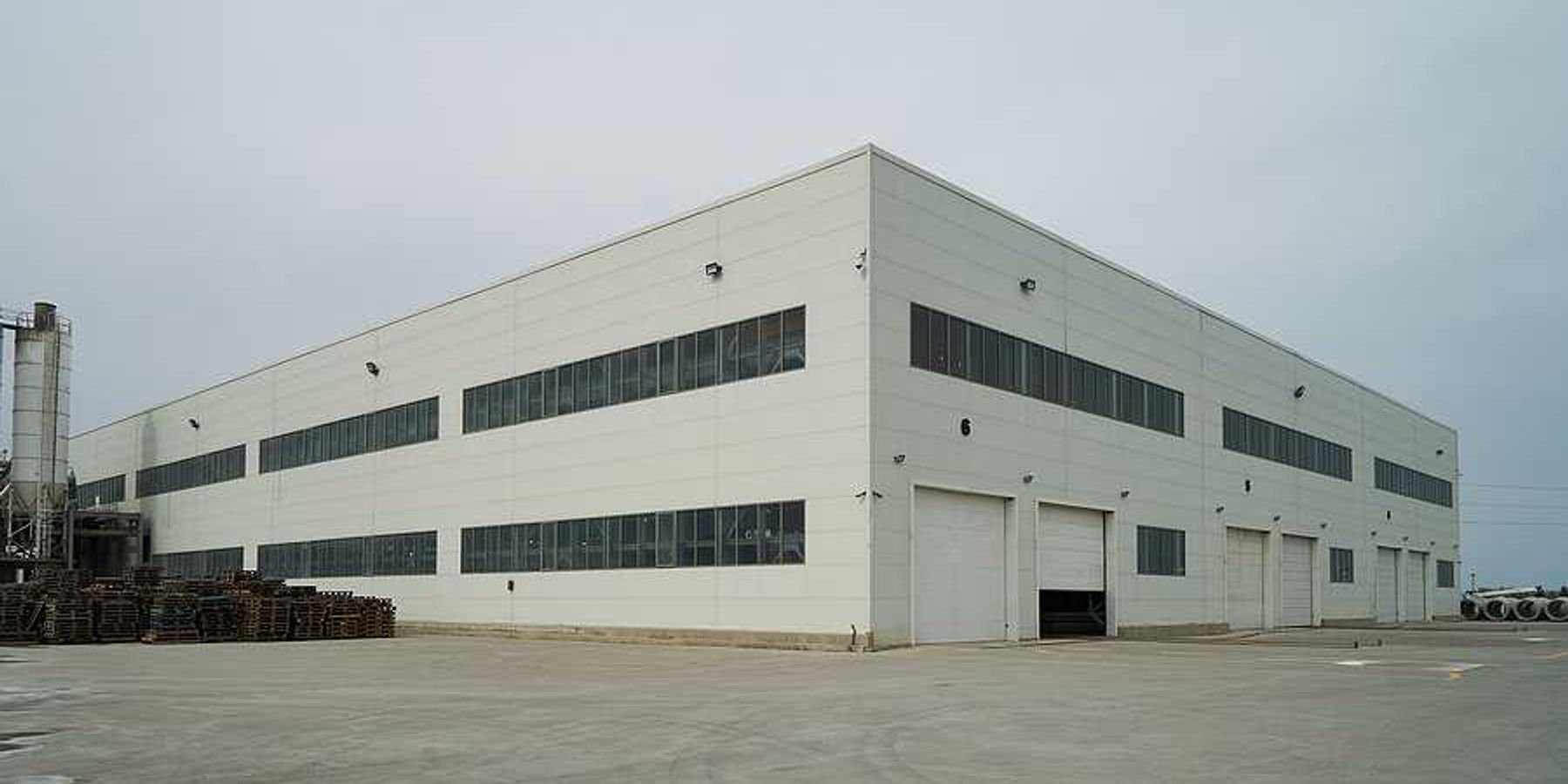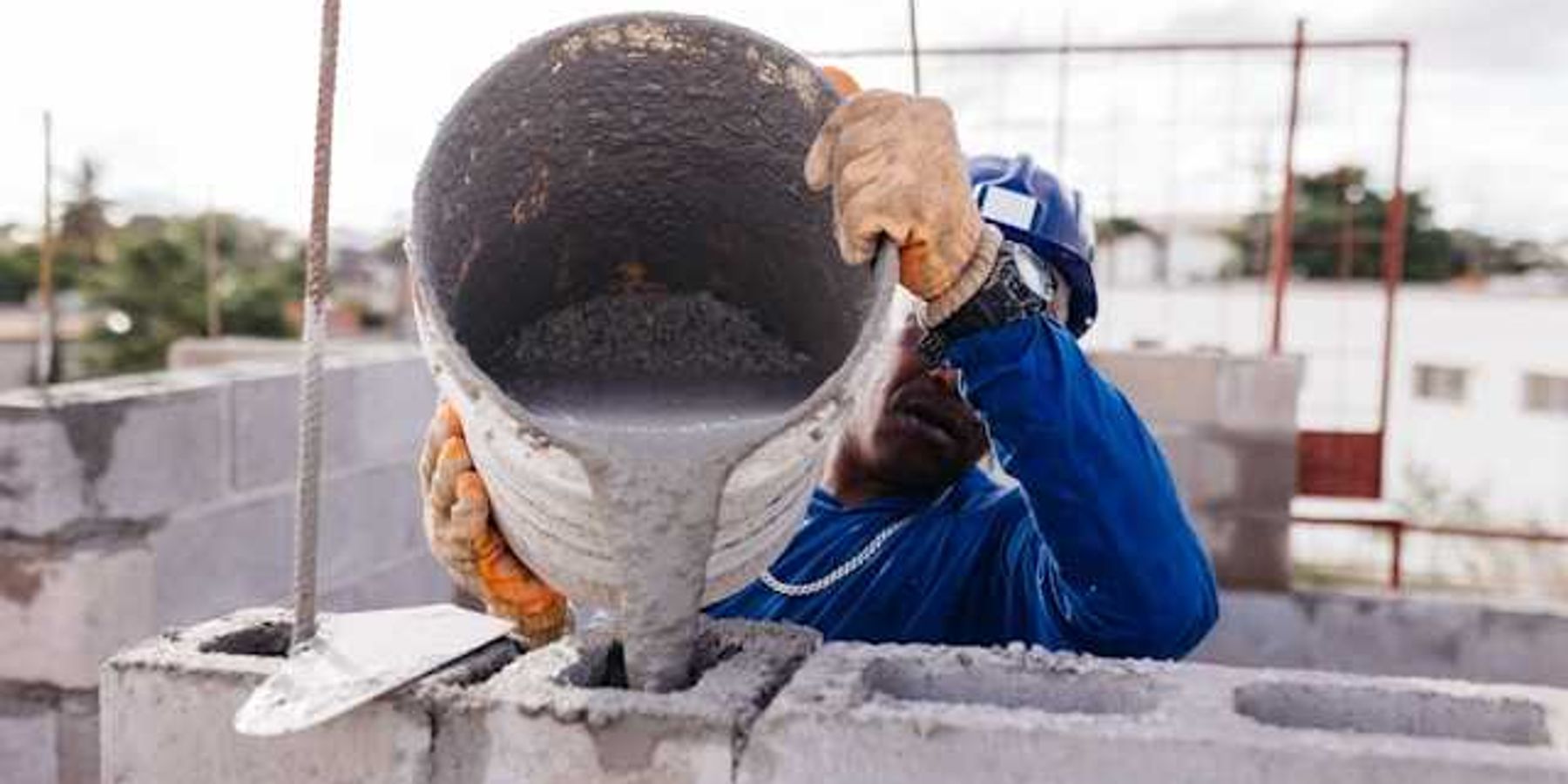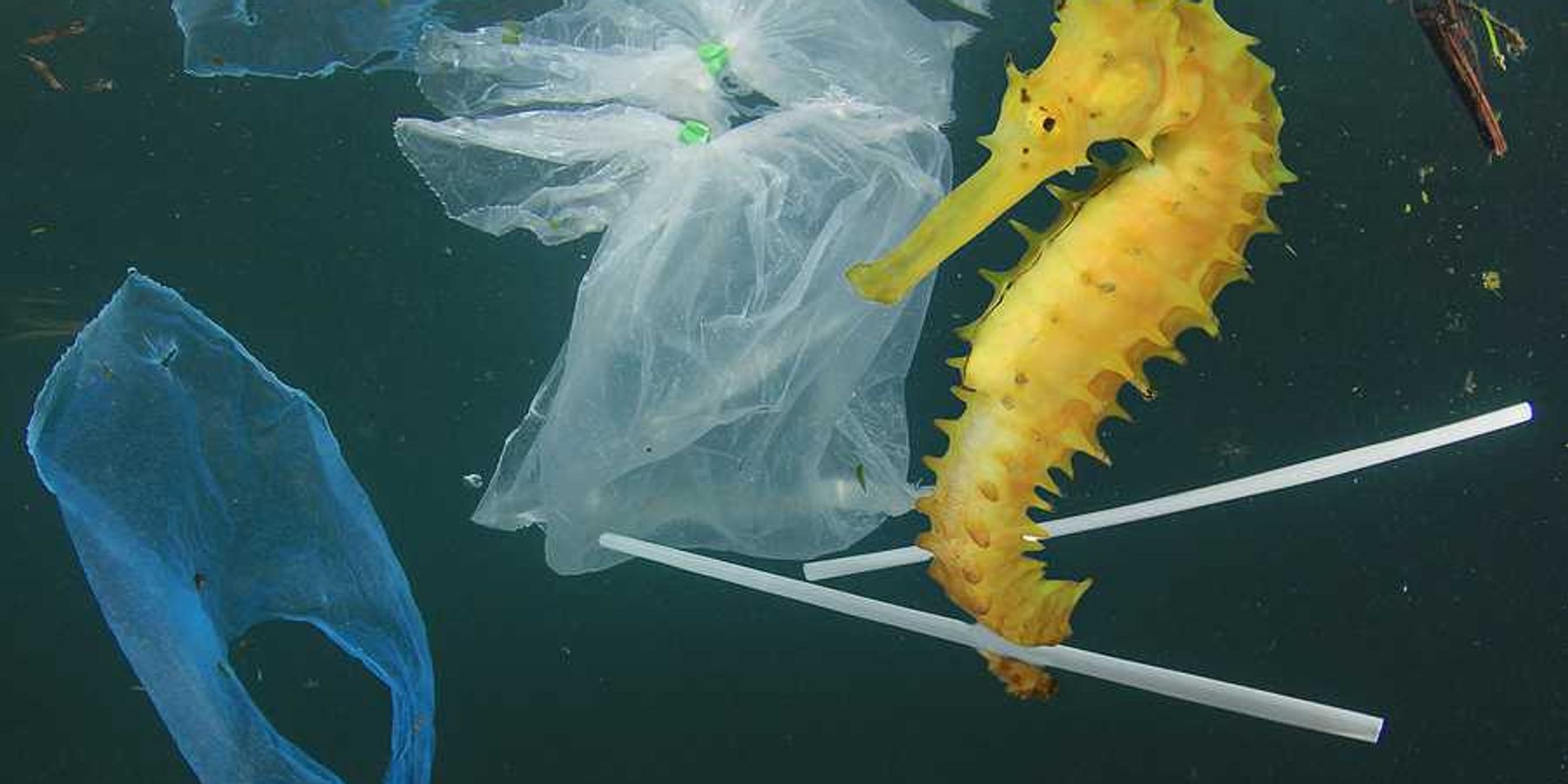See where toxic PFAS have been used in Pennsylvania fracking wells
Shrouded in secrecy, PFAS use in oil and gas extraction is a problem across the US
PITTSBURGH—Toxic “forever chemicals”, also known as PFAS, have been used in at least eight oil and gas wells in Pennsylvania, but the exact location of those wells has never been publicly disclosed — until now.
Experts say it’s possible that communities where PFAS (per- and polyfluoroalkyl substances) have been used by the oil and gas industry could face contamination of soil, groundwater and drinking water — and that contamination could be widespread.
The chemicals don’t break down naturally, so they linger in the environment and human bodies. Exposure is linked to health problems including kidney and testicular cancer, liver and thyroid problems, reproductive problems, lowered vaccine efficacy in children and increased risk of birth defects, among others.
Related: What is environmental health?
Last year, a report by the environmental health advocacy group Physicians for Social Responsibility revealed that PFAS have been used in hydraulic fracturing and other types of oil and gas extraction across the U.S. for at least a decade, and an EHN investigation published in August documented PFAS contamination in one Pennsylvania fracking community resident’s drinking water.
A 2021 op-ed in the Philadelphia Inquirer revealed that the chemicals were used in at least eight wells in Pennsylvania, but did not disclose the location of the wells. Physicians for Social Responsibility recently published a new report on the use of PFAS in Ohio oil and gas wells. In a footnote, that report listed the location for all eight Pennsylvania wells where well operators reported using PFAS in public fracking chemical disclosures.
The Pennsylvania wells where PFAS have been used are located in the following communities:
- Chippewa Township, Beaver County (population 7,953)
- Donegal Township, Washington County (population 2,192)
- Independence Township, Washington County (two wells) (population 1,515)
- Pulaski Township, Lawrence County (three wells) (population 3,102)
- West Finley Township, Washington County (population 813)
The operators for all eight wells reported using polytetrafluoroethylene, or PTFE, which is a type of PFAS marketed as Teflon, in fracking fluid. PFAS may also be used during other phases of oil and gas extraction that don’t require any kind of public disclosure. It’s likely that the chemicals have been used in additional Pennsylvania oil and gas wells, but a lack of transparency makes it impossible to know.
PFAS are likely being used in oil and gas wells throughout the country, but little research exists on how widespread the practice is and whether it’s causing drinking water contamination. Most existing research on PFAS has focused on other sources of the chemicals, like firefighting foam used at airports and military bases and industrial emissions. Investigations have found drinking water contamination in communities across the country.
“It’s critical for state regulators to start looking for these contaminants in people’s drinking water near these oil and gas sites,” Dusty Horwitt, a co-author of Physicians for Social Responsibility’s reports on PFAS, told EHN.
Jamar Thrasher — press secretary for the Pennsylvania Department of Environmental Protection, which is responsible for overseeing the oil and gas industry — told EHN the agency investigates spills and releases at well sites and documents its investigations, but "absent a spill or release on the surface or below surface, there is no reason to conclude that well site fluids (whether including PFAS compounds or not) would have reached nearby soils or drinking water.”PFAS use at oil and gas wells nationwide
At the national level, Physicians for Social Responsibility has reported that PFAS or substances that could break down into PFAS have been used in more than 1,200 fracking wells in Arkansas, Louisiana, Oklahoma, New Mexico, Texas and Wyoming, and that this number likely represents only a fraction of potentially contaminated sites.
The organization’s recent report on the use of PFAS in Ohio oil and gas wells found that the chemicals have been used in at least 101 fracking wells in eight counties in the state since 2013.
That number might represent just a fraction of the actual wells where the chemicals were used, according to the report, because oil and gas companies withheld the identity of at least one trade secret chemical in more than 2,100 oil and gas wells during the same period.
“We’ve seen a similar phenomenon in other states, but this is a huge number of trade secret chemicals and surfactants being used in Ohio,” Horwitt said. “That means use of PFAS and other dangerous chemicals in Ohio may be much greater than what’s been publicly reported.”
The organization published a similar report on Colorado in January, which found that PFAS were used in nearly 300 oil and gas wells in the state between 2011 and 2021. That report was influential in state regulators’ decision to ban the use of PFAS in oil and gas wells.
“It’s impossible to know how widespread PFAS contamination from oil and gas wells might be at this point,” Horwitt said. “We need more transparency before we can begin to address this issue.”
A dangerous waste stream
Waste from the Pennsylvania drill sites, including fracking fluid, drill cuttings and soil, may also have been contaminated by PTFE. Waste from each well site was sent to various secondary locations for disposal or reuse including other fracking wells, injection wells, sewage treatment facilities and landfills.
“These chemicals are very persistent, so it’s entirely possible that those disposal sites could also be contaminated with PFAS,” Horwitt said.
Related: Should oil and gas companies be exempt from Pennsylvania’s hazardous waste laws?
And because Pennsylvania doesn’t require complete public disclosure of all the chemicals used by the oil and gas industry, these eight wells and the locations where waste from them was disposed could represent just a fraction of the oil and gas wells throughout the state where PFAS have been used or disposed of.
Thrasher said there is no plan at this time to test any additional oil and gas wastewater disposal sites, but added "PFAS is an emerging issue and we will continue to explore the prevalence of PFAS in our environment. Our focus at this time remains on our efforts on the rulemaking to establish enforceable PFAS standards in drinking water."
PFAS are a subset of many substances associated with health problems that are generated by the oil and gas industry.
How PA’s fracking communities can protect themselves from PFAS
On Wednesday, Oct. 19, the Environmental Health Project, an environmental health advocacy nonprofit, will host a free webinar about PFAS and health specifically for fracking communities.
Tasha Stoiber, a senior scientist with the Environmental Working Group, a research and advocacy organization that has spent years mapping PFAS contamination across the U.S., will speak at the event.
“In communities where we know there’s significant PFAS contamination either from a specific industry or point source, drinking water is a primary concern,” Stoiber told EHN. “Reverse osmosis and activated carbon filters are both effective at reducing PFAS in drinking water at home.”
Stoiber and Horwitt both said that regulatory agencies like the Pennsylvania DEP, which is responsible for overseeing the oil and gas industry, should test soil, groundwater and drinking water for PFAS in communities where we know the chemicals have been used in oil and gas extraction.
In Pennsylvania, that would mean specifically testing for PTFE and its breakdown products. Residents of these communities can contact the DEP to report potential PFAS contamination and request testing.
Stoiber said Pennsylvania residents should also ask their elected officials to consider phasing out the use of PFAS by the oil and gas industry.













